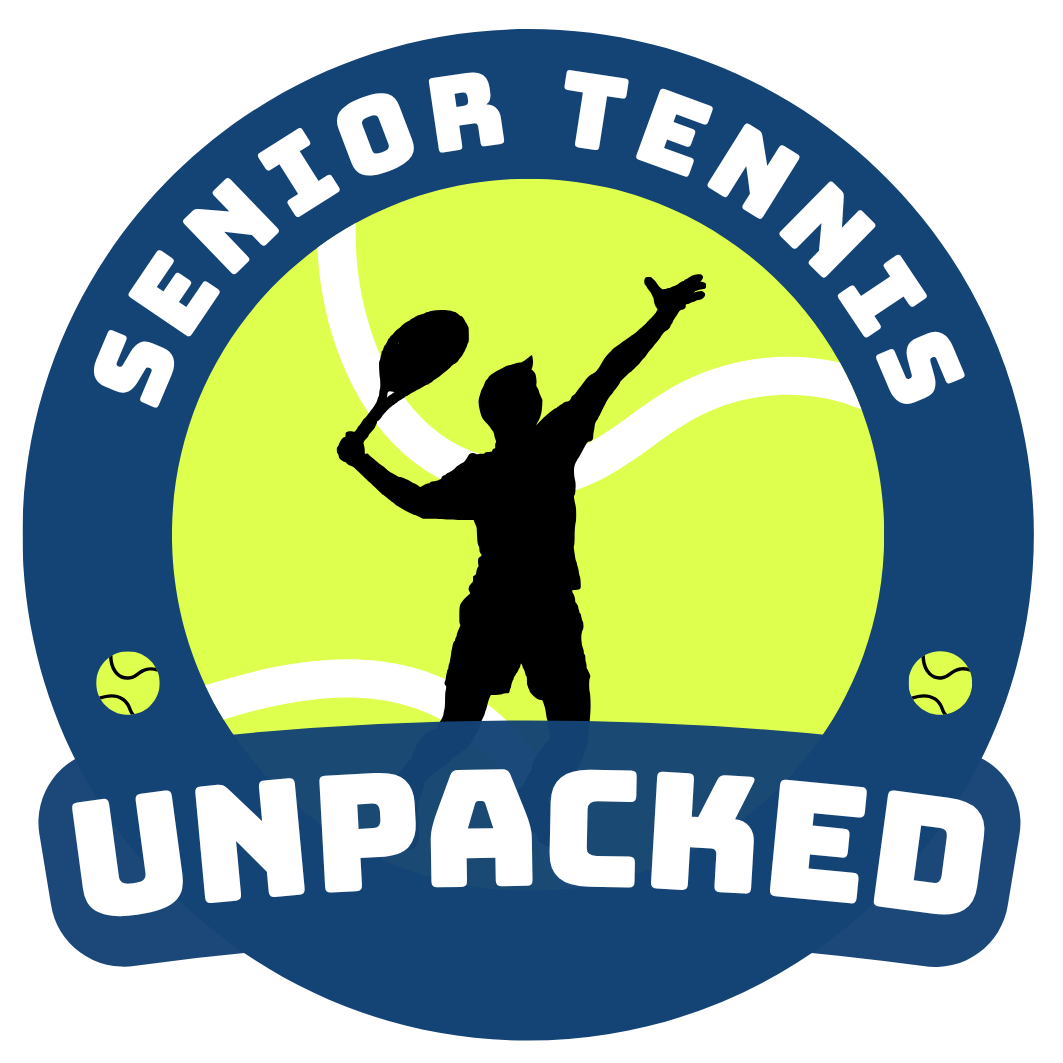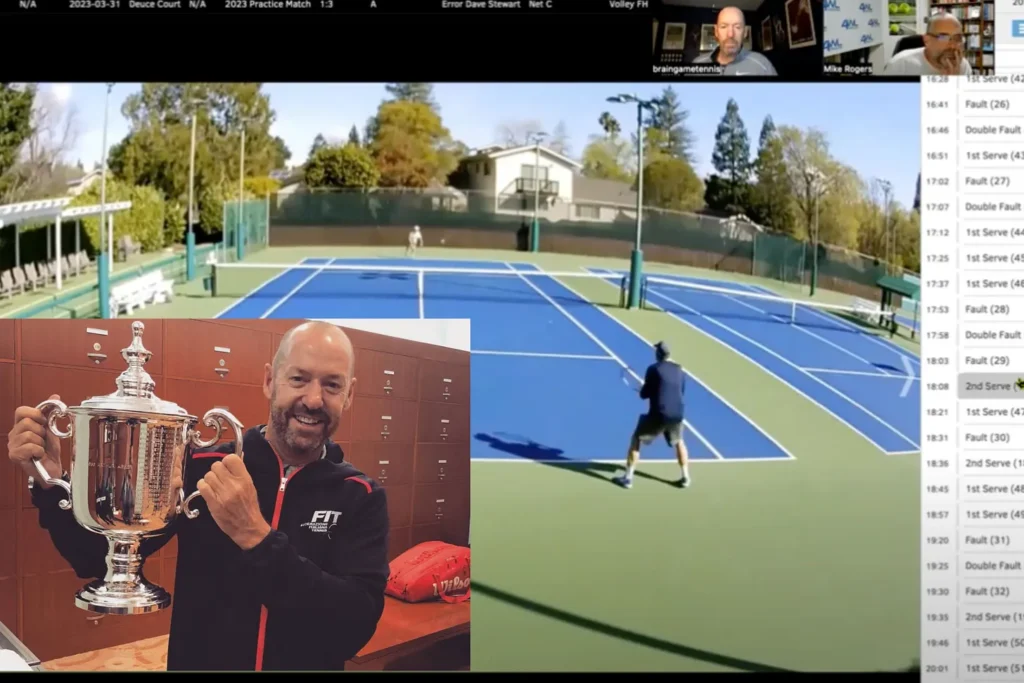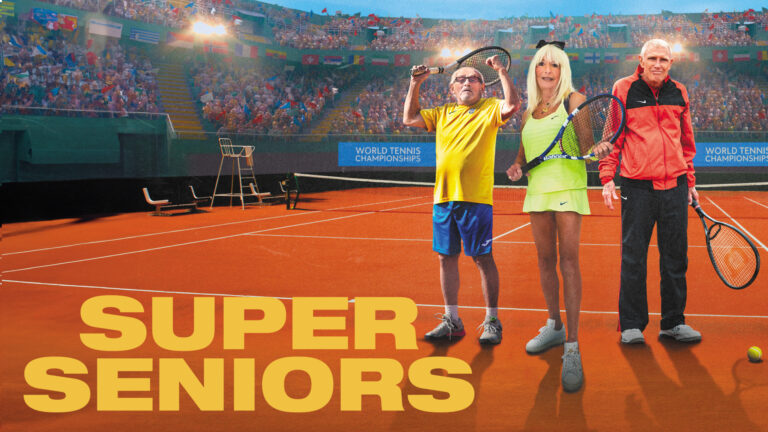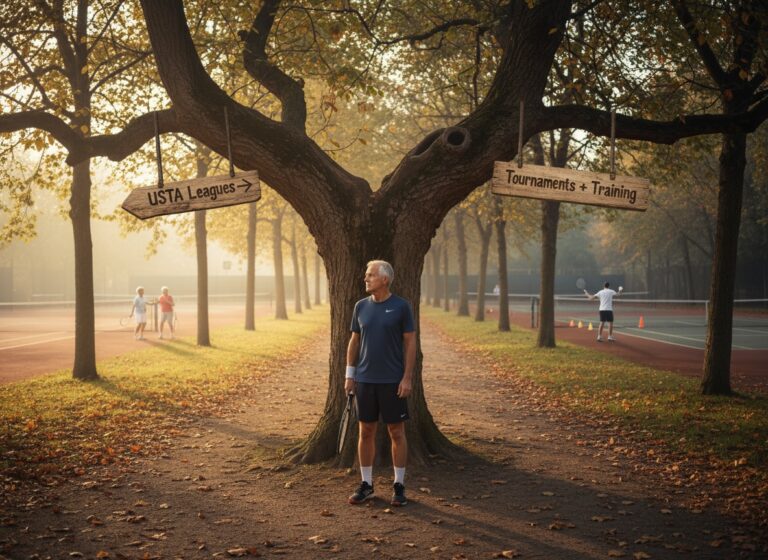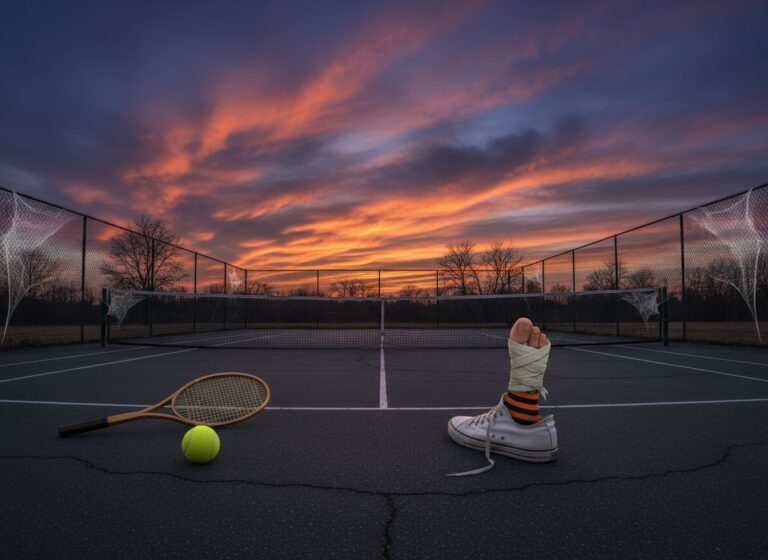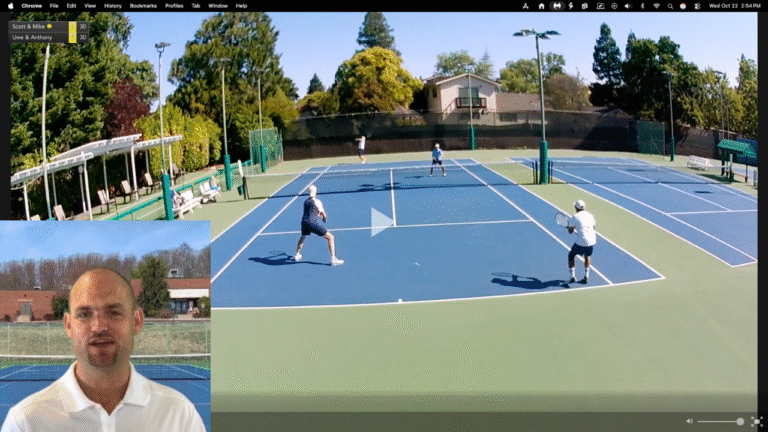This was hard to write. Each time I thought about sharing it, I worried my competitors might see it and use it against me. A few times I almost gave up because it felt risky and uncomfortable. But I stuck with it, kept typing, and here it is.
I had the privilege of having none other than Craig O’Shannesssy, the analytics wizard who’s worked with Novak Djokovic, the Italian Federation and other actual professionals who, unlike me, don’t forget to split step or attempt drop shots from behind the baseline. What follows is a breakdown of one my singles matches that we spent an some time going over, play by play.
I’m sharing it with you not because it makes me look good (spoiler: it doesn’t), but because I believe in learning out loud. And if exposing every one of my tennis shortcomings helps even one of you play a little smarter or avoid practicing the wrong thing for another six months, then it’s worth the mild embarrassment.
But make no mistake—this required some serious mental prep. Watching your match frame-by-frame with a pro coach is like getting a cavity filled with no Novocain… while also being told your flossing technique has been wrong since 1983.
Here’s what I learned—and what I hope helps you avoid the same mistakes.
1. The Zero-to-Four Wake-Up Call
I’ve watched and read Craig’s stuff for years. I’ve heard him say that 70% of points at every level (yes, even 3.5) are decided within four shots. But hearing it is one thing. Seeing your own match stats tell you that 72% of your points ended before shot #5? That’s a different kind of pain.
In my head, I’m out there battling through 20-shot epics like Rafa on clay. In reality? I’m playing speed chess with a racket—and most of the moves end in under ten seconds.
Craig’s comment?
“Practicing 15-shot rallies is great… for that one time a year when it actually happens.”
Touché.
Time to stop pretending I’m training for Wimbledon qualifiers and start drilling my serve +1, return +1, and approach shots with purpose. Quality over quantity. Short-point domination is the real game.
2. Redefining Consistency (Hint: It’s Not Just Keeping It In Play)
My local on court coach had me doing cross-court rallies to “build consistency.” And I’ve been dutifully grinding out those rallies—because I, too, want to be consistent. But Craig had a different take.
“Consistency isn’t just hitting four balls in. It’s consistently hitting the right ball—the one you actually meant to hit.”
Oh. You mean that buttery forehand I pull off once every 30 balls? That’s the shot I’m supposed to reproduce?
Now, instead of counting how many balls I can keep alive, I’m trying to count how many times I can hit the ball that feels right in my hand, lands where I want it, and doesn’t make me mutter apologies to the net post. When done right, I don’t have to take my shoes and socks off to count them.
3. Prep Early or Perish
My biggest issue, I confessed to Craig, is late prep. I get to the ball fine. I just don’t get ready in time. His reply?
“I struggle with that too.”
Wait, what?
Turns out even the tennis brains among us can have a slow unit turn. But then he told me about a kid he recently coached—one who was so early on every shot that there was nothing the opponent could do to rush him.
Imagine that: not faster, just better prepared.
So now I’ve added “prep before panic” to my mental checklist. I’m not quite there yet, I still hit the occasional T-Rex forehand, but when I do manage to prep early, the ball flies clean, and I feel like I actually know what I’m doing. (A rare and glorious sensation.)
4. Train for Patterns, Not Just Strokes
One of the biggest takeaways from Craig’s analysis? I’ve been practicing like it’s 1985.
You know the drill: show up, rally cross-court for 20 minutes, hit a few down-the-lines, call it a productive session. Except… when do those shots actually show up in a match?
Craig reminded me that real tennis—match-winning tennis—is played in patterns, not pretty rallies.
“If you’re not training serve +1, return +1, or how to attack a short ball and finish at net, then you’re not training for the match you’re actually going to play.”
Suddenly, all those gorgeous rallies I’ve had in warmups start to feel like a beautiful waste of time. It’s not that cross-courts are useless—it’s that without purpose, they’re just ball-hitting, not point-playing.
So now I’m drilling patterns: serve out wide, hit the next ball cross-court. Return to the backhand, move in. If it doesn’t mimic what I’ll see in competition, it’s probably not worth repeating 50 times.
5. The First Point Sets the Weather
This one blew my mind.
Craig pointed out that in my match, when I won the first point of the game (15-0), I held four out of five times. When I lost the first point (0-15), I only held twice.
But here’s the kicker: my opponent held every single time he won the first point—and lost every time he didn’t.
“That first point sets the weather,” Craig said. “Win it, and you can break them mentally before you break them on the scoreboard.”
That’s now burned into my brain. The first point is no longer a warm-up. It’s the opening serve in a chess match. And I’m done starting with pawn moves when I should be threatening with my queen.
Coming Soon in Part 2:
- Am I actually a net player… even though I’ve never believed it?
- Can a plastic line on the court really fix my serve?
- What second-serve mistake might be costing you free points?
- When should you go down the line—and when is it a trap?
- And what does Craig say most rec players completely misunderstand about return +1?
Have you ever had your match stats broken down like this?
Do you practice patterns—or just rally and hope it translates?
Have you changed how you train after discovering how short most points actually are?
Let me know in the comments. I’d love to hear how your perspective has shifted—or if you’re still trying to convince yourself that those 20-shot rallies matter.
And if you haven’t subscribed yet, now’s the time. We’re just getting warmed up.
Want to dive deeper into the patterns and stats that actually win matches?

Check out Craig’s work at BrainGameTennis.com—it’s like a masterclass in how to think your way to better tennis.
